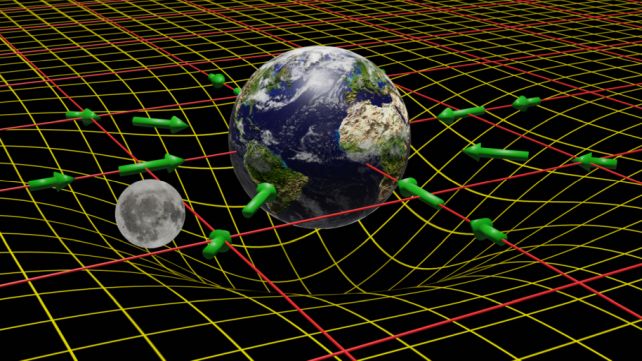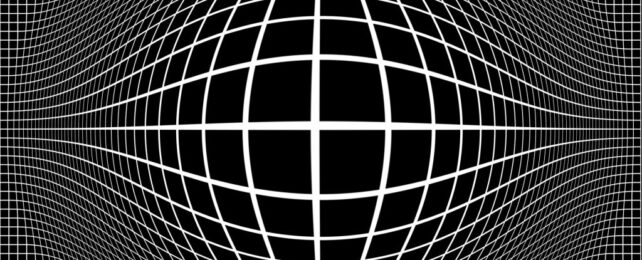A new way of explaining gravity could bring us a step closer to resolving the heretofore irresolvable differences it has with quantum mechanics.
Physicists Mikko Partanen and Jukka Tulkki at Aalto University in Finland have devised a new way of thinking about gravity that they say is compatible with the Standard Model of particle physics, the theory describing the other three fundamental forces in the Universe – strong, weak, and electromagnetic.
It's not quite a theory of quantum gravity… but it could help us get there.
"If this turns out to lead to a complete quantum field theory of gravity, then eventually it will give answers to the very difficult problems of understanding singularities in black holes and the Big Bang," Partanen says.
"A theory that coherently describes all fundamental forces of nature is often called the Theory of Everything. Some fundamental questions of physics still remain unanswered. For example, the present theories do not yet explain why there is more matter than antimatter in the observable Universe."
Gravity really is the thorn in the side of a nice, neat explanation of the behavior of the Universe. It's the fourth, and weakest, fundamental force, but doesn't play well with the other three. Quantum theory describes how the physical Universe behaves on really small scales – atomic and subatomic – but it doesn't work with the large-scale Universe, where gravity takes over.
Classical physics and general relativity describe gravity really well, but not the quantum realm. So far, the two theories have proven irresolvable; yet, the Universe exists quite merrily with both in it, so scientists believe there has to be a way to make them play nicely.

Because the problem has proven so intractable, however, it's likely that it won't be solved all at once, but in incremental, but important, steps. The incremental step Partanen and Tukki have taken is to have described gravity in the context of a gauge – a concept of quantum field theory in which the behavior of particles is described in a specific field.
An electromagnetic field is one example of a gauge. So is a gravitational field.
"The most familiar gauge field is the electromagnetic field. When electrically charged particles interact with each other, they interact through the electromagnetic field, which is the pertinent gauge field," Tulkki explains.
"So when we have particles which have energy, the interactions they have just because they have energy would happen through the gravitational field."

The Standard Model is a gauge theory that describes the strong, weak, and electromagnetic forces, and it has specific symmetries. To bring gravity theory closer to the Standard Model, Partanen and Tulkki sought to apply those symmetries to a gauge theory of gravity.
Their published results seem promising.
"Our theory brings the gauge theory of gravity closer to the gauge theories of the Standard Model as compared with the conventional gauge theories of gravity," they write in their paper.
It is important to note that the work is very, very far from a theory of quantum gravity. It does, however, represent an important avenue for enquiry that may significantly advance the quest for a solution to this pressing problem in physics.
To that end, the Partanen and Tulkki invite other scientists to participate in advancing the work. The paper goes to a certain point, and the theory works well within that limit, but it's going to require a lot more physics and stress-testing.
"Full understanding of the implications of unified gravity on the field theories," the researchers write, "will be obtained only after extensive further work."
The paper has been published in Reports on Progress in Physics.
